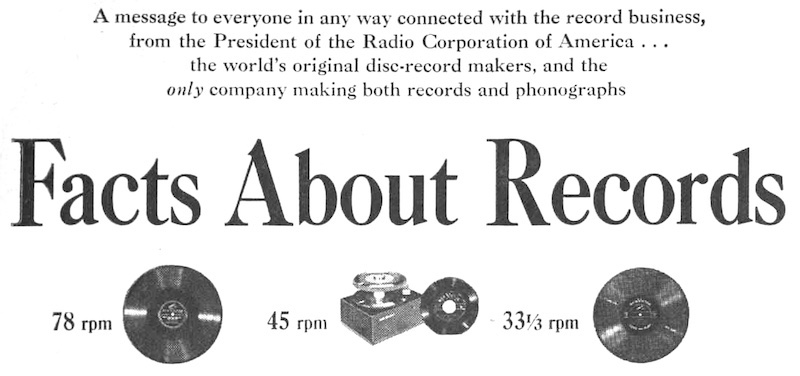How Records Were/Are Manufactured (3)
第1回 および 第2回 に続き、戦後のレコード製造工程や原材料の歴史、特に 射出成形 と スチレン盤 について改めて調べてみた、そんな記録です。
Following on from the first and second parts, this is a record of a renewed look into the history of postwar record manufacturing processes and raw materials, particularly injection molding and styrene records.
3回目となる今回は、射出成形技術が初めてレコードに使用された1947年から、米巨大レーベルが射出成形に大きな投資を行うことを表明した1950年、さらに1951年〜1953年の朝鮮戦争によるレコード製造原材料不足の時期を、当時の記事などでたどっていくことにします。
This time, the third part, will look back through articles from that time, tracing the period from 1947, when injection molding technology was first used on records, to 1950, when major AMerican labels announced they would be making major investments in injection molding, and then the period from 1951 to 1953, when the Korean War caused a shortage of raw materials for record manufacturing.
当時はありふれた大量生産品であったレコードという製品を作るにあたり、レーベルやプレス工場といった企業にとって、技術面もさることながら、コストに対する意識 と 生産可能速度や効率 が最も重要であった、という至極当たり前のことを、改めて強く認識することとなりました。
This exploration made me keenly aware of the very obvious fact that when it came to producing records, which were a commonplace mass-produced item at the time, companies like labels and pressing plants were most concerned with cost awareness and manufacturing speed and efficiency, in addition to technical aspects.
Continue reading
